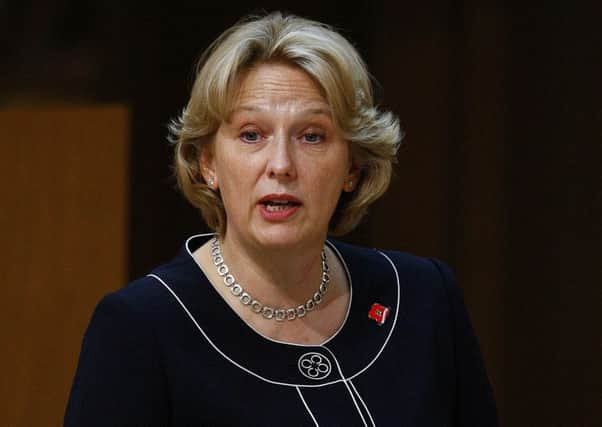Jeff Salway: Don't abandon youth to Brexit's debt crisis


But in some ways the meaning of Brexit is becoming clearer by the day. There are ominous signs, for instance, that it means household finances will be stretched to breaking point.
Personal borrowing is rising at a frightening rate, while savings buffers have been badly weakened by several years of low interest rates.
Advertisement
Hide AdAdvertisement
Hide AdThe British Bankers’ Association (BBA) last week revealed that consumer credit rose last month by 6.7 per cent year on year and is growing at its fastest rate since December 2006. The UK’s total personal debt has risen to almost £1.5 trillion, according to The Money Charity, up more than £50 billion in a year.
There are ominous signs too in Scotland’s personal insolvency levels, which the Accountant in Bankruptcy has reported as beginning to rise again after “dropping consistently since 2008-09”.
Eileen Blackburn, of R3, noted: “It’s probably too early for Brexit to be having any effect on the figures, but it’s possible that it could cause financial difficulties for people in the future if the cost of living rises.” R3’s research found that 46 per cent of Scottish adults already struggle to make it to payday, underlining the impact that rising living costs could have on household finances.
New figures from the Student Awards Agency Scotland show that debt among Scottish students has more than doubled since 2007, when the SNP came into power pledging to abolish student debt. The SNP has also slashed bursaries and grants for lower income students. Just over £66 million was awarded in bursaries or grants in 2015-16, down from almost £128m just five years ago. The number of students receiving them fell by 4.8 per cent to 49,815 compared with the previous 12 months. That helps explain why fewer children from lower income families are going to university, while those who do go are taking out the highest loans.
Scottish student debts are still lower than those elsewhere in the UK, but they are the fastest rising, according to the Student Loans Company, and the reduction in grants and bursaries means they are expected to increase significantly.
The Scottish Government has argued that it is increasing support for lower income students, but it’s merely restoring some of its previous cuts. More promising is the appointment of Jayne-Anne Gadhia, chief executive of Virgin Money, as the head of a review into the effectiveness of Scotland’s student financial support.
The review will explore support for the poorest and most vulnerable students and repayment conditions for student loan debt. It almost certainly won’t cover the impact of free tuition fees on social inclusion in Scotland, despite evidence that the current system amounts to a massive transfer of wealth from low income families to the better off.
The review should also consider the context of the intensifying debt crisis. The Scottish Government is using Brexit to pursue its own goals, but it must also consider how it can protect people in Scotland from the financial consequences, and that includes younger generations.